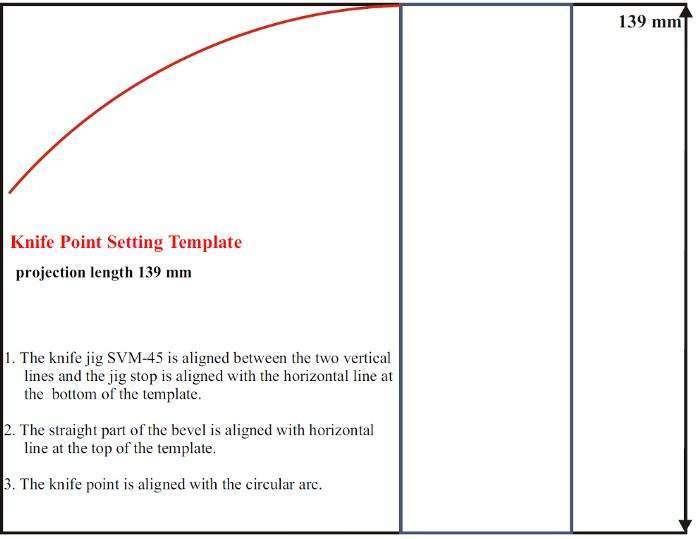Yes, this is the Tormek Forum and more particularly the Drill Bit Sharpening segment of it. I imagine that the majority of those reading this segment, however, own or have access to a drill press.
I have found the vintage booklet "The Drill Press - It Use and Application" produced by Walker Turner, to be excellent information. It does contain a nice section about drill bits.
http://vintagemachinery.org/pubs/detail.aspx?id=2101
I have found the vintage booklet "The Drill Press - It Use and Application" produced by Walker Turner, to be excellent information. It does contain a nice section about drill bits.
http://vintagemachinery.org/pubs/detail.aspx?id=2101





 Well Ken here is my attempt. Hopefully the pictures will be a workable size.
Well Ken here is my attempt. Hopefully the pictures will be a workable size.